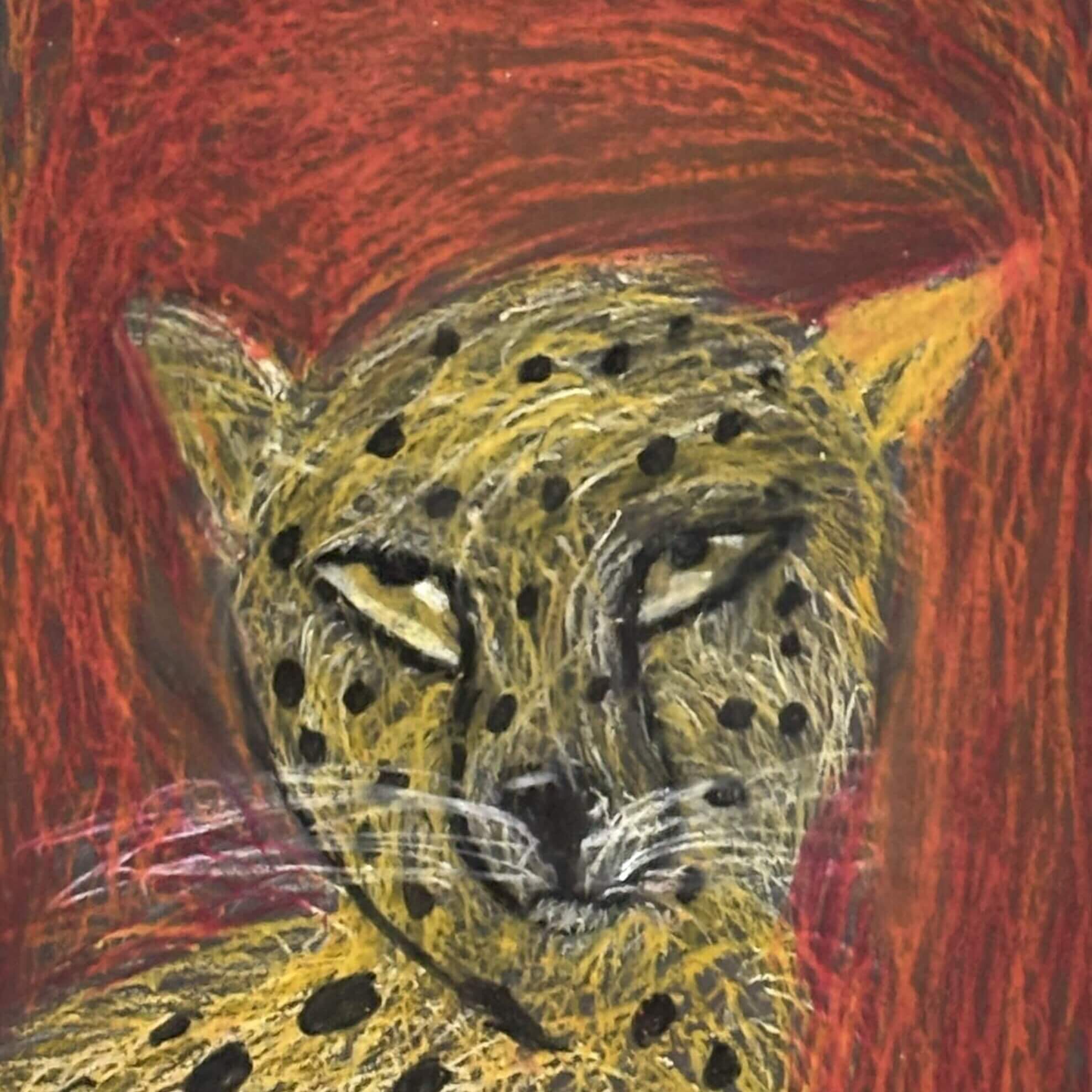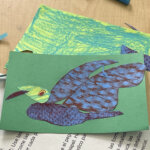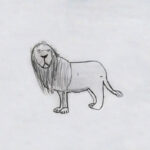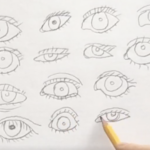Overview
In this lesson, you will identify and draw the different shapes, colors, and textures of animals.
Grade Level
1-12
Media
Drawing
Big Idea/Theme
Artists can break down complex things into simple shapes to draw them.
Essential Question
How do artists draw animals?
Materials and Tools
- Paper
- Drawing tool
Activities
It is amazing how many kinds of living things there are!
In our lives, we are surrounded by birds, lizards, mice, insects, raccoons, cats, dogs, snails, turtles, fish, and so many more.
Most of the time, we don’t even notice all the animals living around us.
Sometimes, artists are inspired to make art about animals.
Today, we’re going to explore drawing animals.
- What animals are you interested in?
- How will you draw them?

How can we draw an animal?
If you were describing this barn owl, what would you say?

- We could describe its size – is it large or small?
- If you touched it, what textures would you feel?
- Do you see patterns in its feathers?
- What colors do you see? Are they dark, light, or both?
- What shapes make up its face, body, legs, wings, and feet?
What do you see?
- Can you find a face shaped like a heart?
- Can you find two round, dark eyes with light pinkish-brown feathers around them?
- Can you find a beak shaped like an upside-down triangle?
- Can you find a head and neck shaped like an upside-down U, like a stretched-out semi-circle?
- Can you find a body shaped almost like an oval or an egg?
- Can you find a white belly and a back with dark and light brown feathers on it?
- Can you find tiny spots over the body?
- Can you find strong wings, with long feathers that have stripes on them?
- Can you find feet ending in sharp talons that curve and grab?
How would you describe the shapes you see in these animals?








Are you ready to begin? What animal will you choose to draw?
What does it look like?
- Tall
- Short
- Has horns, antlers, or tusks
- Has feathers
- Has a tail
- Big ears
- Has many legs
- Has a pouch
- Has big teeth
What can it do?
- Can breathe underwater
- Has a strong sense of smell
- Sees in the dark
- A good climber
- Dig tunnels or holes
- Change color
- Fly
- A great jumper
- Sing
Where does it live?
- Forest
- Prairie
- City
- Ocean
- Underground
- Mountain
- Trees
- Desert
How does it feel?
- Hard
- Smooth
- Fuzzy
- Prickly
- Furry
- Soft
- Scaly
- Round

This is a baby armadillo!
It has the ability to roll up into a ball to protect itself.
Look at the amazing pattern of its skin – how would you describe it?
Get our latest lessons, units and tools delivered to your inbox:
Sketching your animal
First, we need to decide which animal to begin drawing. For example, here is a chameleon with lots of interesting shapes. Chameleons can change colors to blend in with their surroundings, or to stand out!
Start by sketching the shapes of the animal very lightly with a pencil. After you finish, go over the drawing with a marker, crayon, or colored pencil, and erase extra pencil marks.


What colors will your animal be?
If you’re not sure where to begin, here are some questions to help you decide:
- Where is my animal right now?
- Is it inside or outside?
- How is it feeling?
- Is it silly or serious, happy or sad?
Chameleons change their colors based on what surrounds them. What colors should the chameleon be?

Reflection Questions
- What animal did you draw?
- What shapes did you use?
- What colors?
Resources
Here are more photographs of animals you can use if you like:


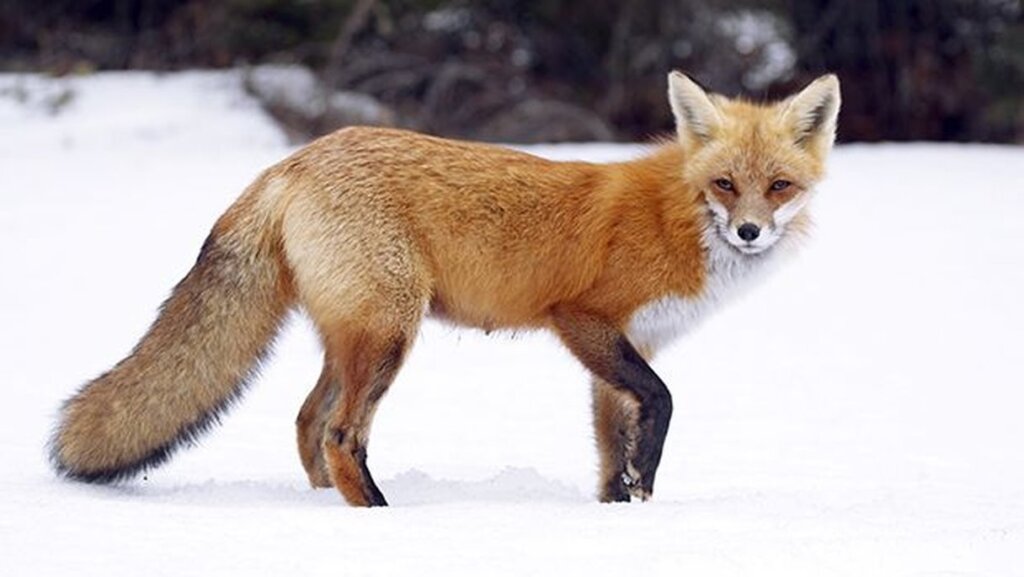



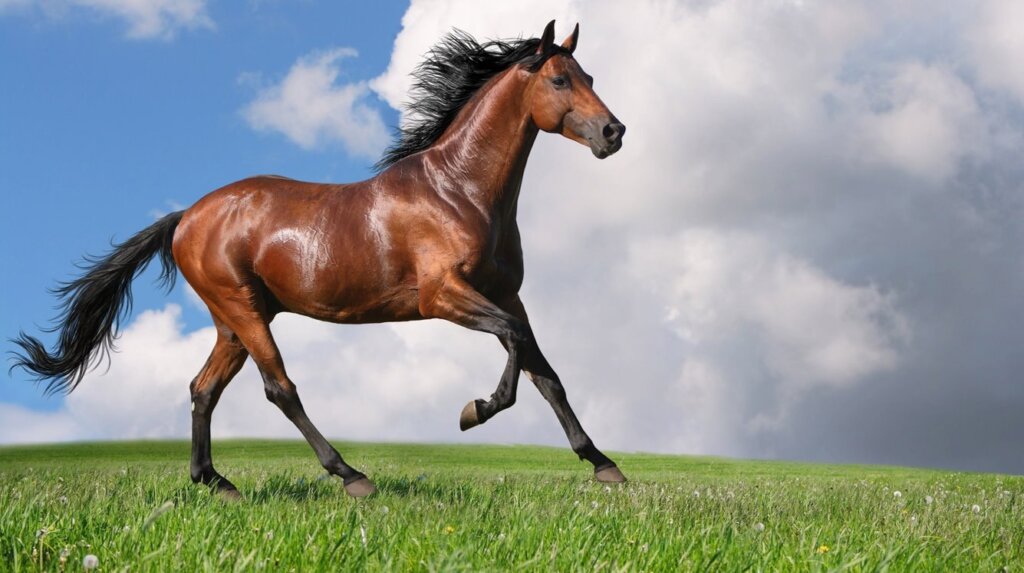



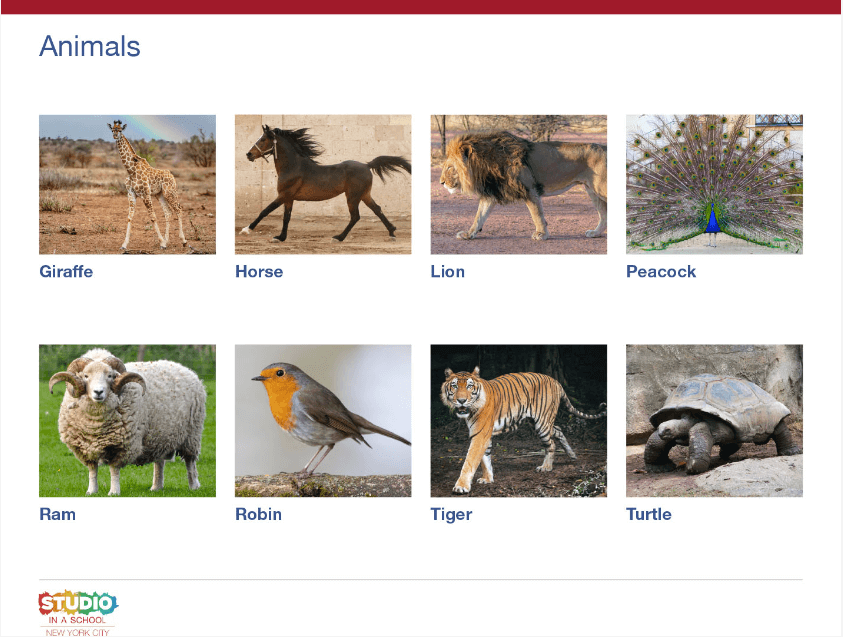
Credits
Written By:
Elise Deringer, Artist Instructor
Copyright © 2023 Studio in a School NYC LLC

